
Mastering the Art of Unpivoting Data in DataWORQ
In this comprehensive guide, you’ll learn how to convert your pivoted data back to an unpivoted format using DataWORQ’s Unpivot node. Designed for those who want to explore the full range of DataWORQ’s data manipulation capabilities, this article explains how to effectively select and combine columns for Extended Planning & Analysis (xP&A). Using an example…

A Step-by-Step Guide to Data Pivoting in DataWORQ
Learn how to master the art of data pivoting in DataWORQ with this step-by-step tutorial. Aimed at business users looking to streamline Extended Planning & Analysis (xP&A), this article guides you from the point of pulling an unpivoted dataset from Excel to transforming it into a neatly pivoted dataset. We explain how to utilize the…

How to Leverage Pivot Tables in DataWORQ for Better Data Management
Discover the power of Pivot Tables within DataWORQ with our comprehensive guide. Ideal for professionals involved in Extended Planning & Analysis (xP&A), this article demystifies how to effectively navigate between pivoted and unpivoted datasets. Using real-world examples based on flower species data, we break down the benefits of each dataset format for your planning system.…
The Ultimate Solution for Streamlined Data Collection and Planning
Maximize Business Efficiency with ReportWORQ ReportWORQ revolutionizes the way businesses manage data collection and planning. With its user-friendly interface and robust capabilities, it’s designed to simplify data collection from internal and external sources, saving you hours of manual labor. • Eliminate the hassle of manually copying templates and transposing data. ReportWORQ automates these tasks so…
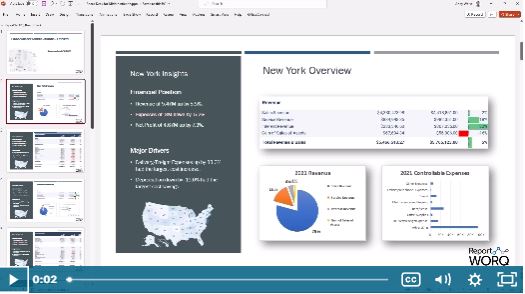
Streamlining Business Reporting with ReportWORQ: A Comprehensive Walkthrough
ReportWORQ offers an integrated solution for automating PowerPoint presentations and Excel-based reporting, saving your team valuable time and reducing the risk of manual errors. This article provides a detailed step-by-step guide on how to leverage ReportWORQ for generating dynamic briefing books, personalized P&L statements, and much more. Sections Included: Introduction to ReportWORQ What sets it…
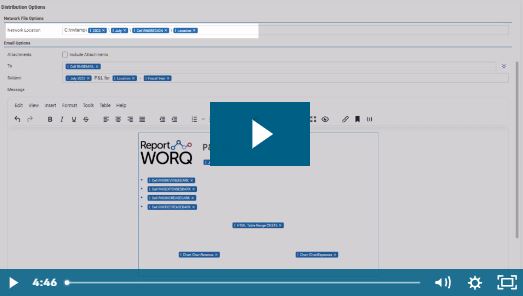
Create Dynamic Email Dashboards with ReportWORQ: Personalized Financial Reporting Across 50 States without Attachments
ReportWORQ’s rich and dynamic email dashboards help Finance drive data adoption by enabling business users with clear and timely data, while also helping IT improve the security and availability of sensitive data. Watch as we demonstrate how to use ReportWORQ variables to generate personalized email dashboards, complete with conditional formatting, snippets from reports, and visuals.…

Euclid Studio: Call a Flow from a REST Client
In this video you will learn how to call a Euclid Studio Flow from a REST Client. This example leverages the Euclid Studio REST API.
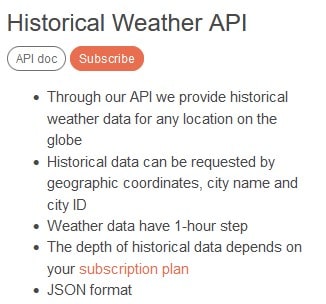
Gather data from an API using the Script source node
The following article outlines how Euclid Studio can be used to request data from an API and process it so it can be used in the system. This requires some knowledge of Python coding that is used within the Script source node and how APIs function. APIs usually have associated documentation that describes how to…

Euclid Studio: Load a Table from a File
In this video you will learn how to import data into Euclid Studio from a Flat File.

Euclid Studio: Move Data from One Table to Another
This video will show you how you can move data between Databases in Euclid Studio.

Euclid Studio: Order Steps in a Job
In this video you will learn how to control the orchestration of your Flow in Euclid Studio. You will be shown how to order the steps of your Flow, so they happen in the correct order. When running the Flow as a Job you have the ability to specify the orchestration strategy you would like…

Euclid Studio: Rename and Remove Fields
This video shows you how to Rename and Remove fields from a Euclid Studio Flow. This approach applies to any data in a segment on the Euclid Studio canvas. For example, you can Rename and Remove fields from data that started as a Flat File or from a Database Table.

Euclid Studio: Combine Many Sources Into One
In this video you will learn how to combine many data sources in Euclid Studio. This approach can combine data from various sources such as Flat Files and Databases. Even if the data isn’t in the same shape you can use Euclid Studio to shape the data and seamlessly combine it in a single…

Euclid Studio: Connect and Configure Nodes
This video instructs you how to connect and configure Euclid Studio Nodes. Orchestration of these Nodes is done using the canvas and Node connections.

Get Started with Snowflake
Snowflake is a cloud computing–based data cloud company based in Bozeman, Montana founded in July 2012. Snowflake offers a cloud-based data storage and analytics service, generally termed “data-as-a-service”. Its key features include options for Security, Governance, and Data Protection, Standard and Extended SQL Support, Various built-in Tools and Interfaces, easy Connectivity, Data Import and Export,…
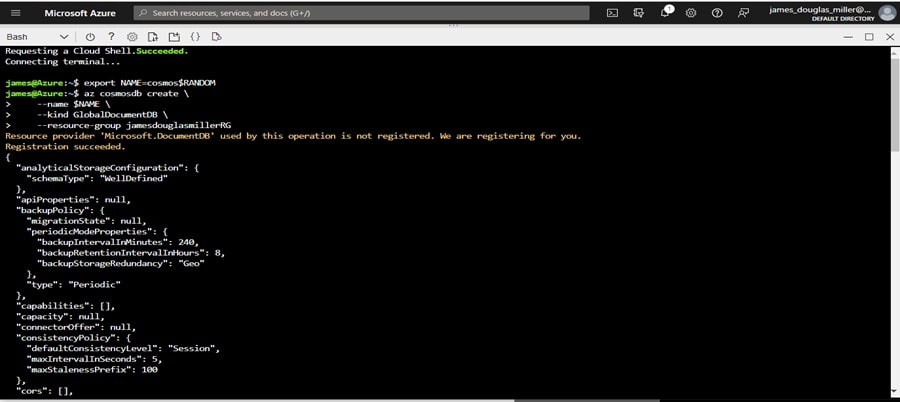
Exploring Azure Cosmos DB
Azure Cosmos DB is a fully managed NoSQL database designed for modern app development. Microsoft states that “…any web, mobile, gaming, and IoT application that needs to handle massive amounts of data, reads, and writes at a global scale with near-real response times for a variety of data will benefit from Cosmos DB…”. In this post I want to demonstrate…

Creating a Docker Application
Create a project To create a Docker application, you need an application and a (Docker) image file. In this example we’ll use a very simple Python script as the application, so we have to create 2 files: A “py” file (the python script that will contain the code to be executed) A ‘Dockerfile’ file (the…
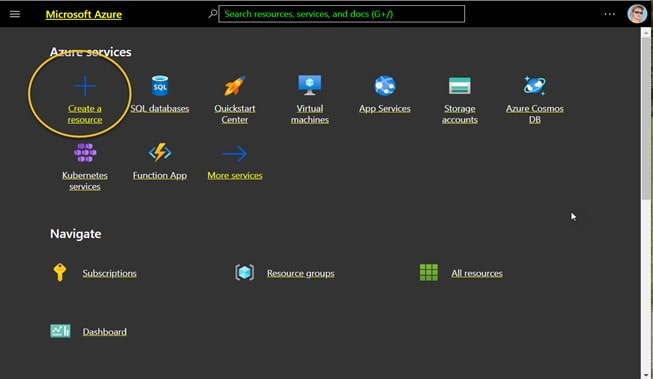
What is MariaDB?
MariaDB, created by the original developers of MySQL, is an open source relational database management system that is a compatible, literal “drop-in” replacement for the widely used MySQL database technology. MariaDB offers more and better storage engines which are designed to efficiently manage data files, the data, and the index caches. NoSQL support, provided by Cassandra, allows you to run…

Taming the Many Tabbed Excel Workbook
Have you ever opened an Excel workbook and been surprised by the number of sheets it contains? Perhaps you are looking for something, or don’t know where to begin? This article shares a great trick in Excel if you need to see at-a-glance what all the tabs are in a workbook. You can build your…
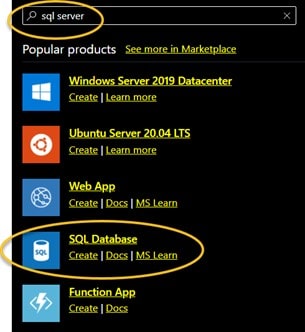
Azure Query Performance Insight
Query Performance Insight proposes to provide “intelligent” query analysis for single and pooled (databases in a pool are on a single server and share a set number of resources ) databases. It identifies those queries that consume the most resources as well as the longer-running queries. This helps find which queries to optimize to improve…
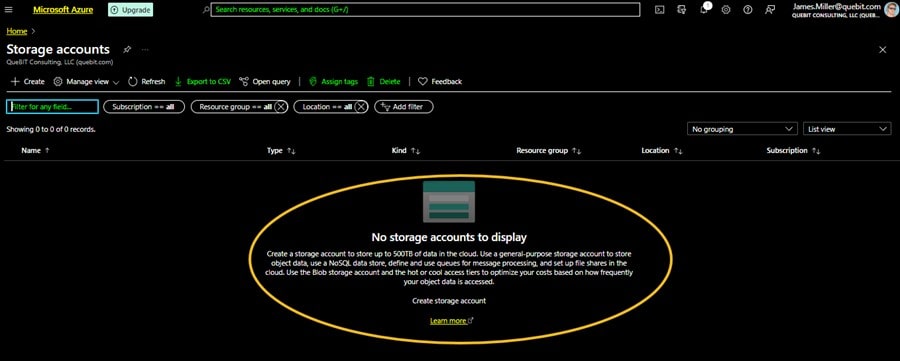
Exploring the Azure Data Factory
Since I’ve worked with SQL Server Integration Services (SSIS) off and on for a while, I have been anxious to explore Azure Data Factory (or ADF) to see what the differences are and how it stacks up. While SSIS may be a familiar ETL tool for on-premises work, Azure Data Factory (defined as a “platform…
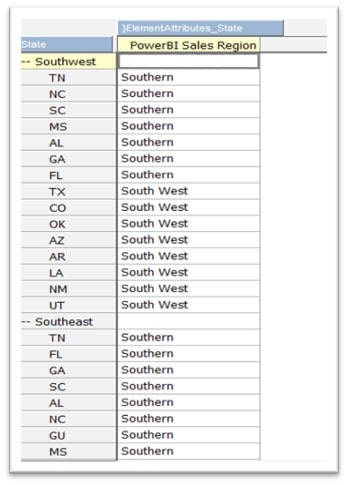
Discovering Custom Maps in Power BI Desktop
The objective of this exercise is to explore the use of Microsoft Power BI Desktop (version 2.98.1) to create a map visualization, so, let’s start by answering the question: what is a map visualization? Map visualizations are used to analyze and display geographically related data and present it in the form of a map. This…

Creating a Simple Azure App Service Web App
The Azure App Service is a Platform as a Service (or PaaS) offering from Microsoft. It’s a component that provides resources for deploying web applications and for making deployed web applications accessible by HTTP clients. You can use it to host web applications, REST API’s and backend services for mobile applications in almost any programming language…

Exploring PostgreSQL with pgAdmin
PostgreSQL is a powerful, open-source object-relational database system with 30+ years of active development that has earned it a formidable reputation for reliability, feature robustness, and performance. In this post I want to show how you can get started quickly with PostgreSQL by creating a sample database and running some simple queries against it using…
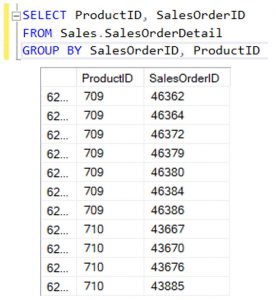
Basic SQL Functions – Part 3: GROUP BY Statement
So far, we have gone over the SELECT, FROM and WHERE clauses. These three clauses are used to control what we are seeing in a view. What if we want to control how what we are searching for appears in the view, that is where GROUP BY comes in. The GROUP BY clause is used…
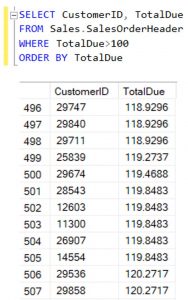
Basic SQL Functions – Part 4: ORDER BY Statement
Similar to the GROUP BY clause, the ORDER BY clause also determines how the data is displayed in the view and not so much what the view is displaying. The ORDER BY clause controls the order in which records appear in a view. The order can be determined by the numerical magnitude if it is…
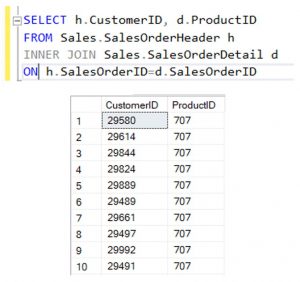
Basic SQL Functions – Part 5: JOINS
Now that we have set a basis for how to control a view from one table, we should have enough knowledge to tackle how we incorporate information from two or more tables into one view. Joining in SQL is extremely useful and is used time and time again in a relational database. Often times we…
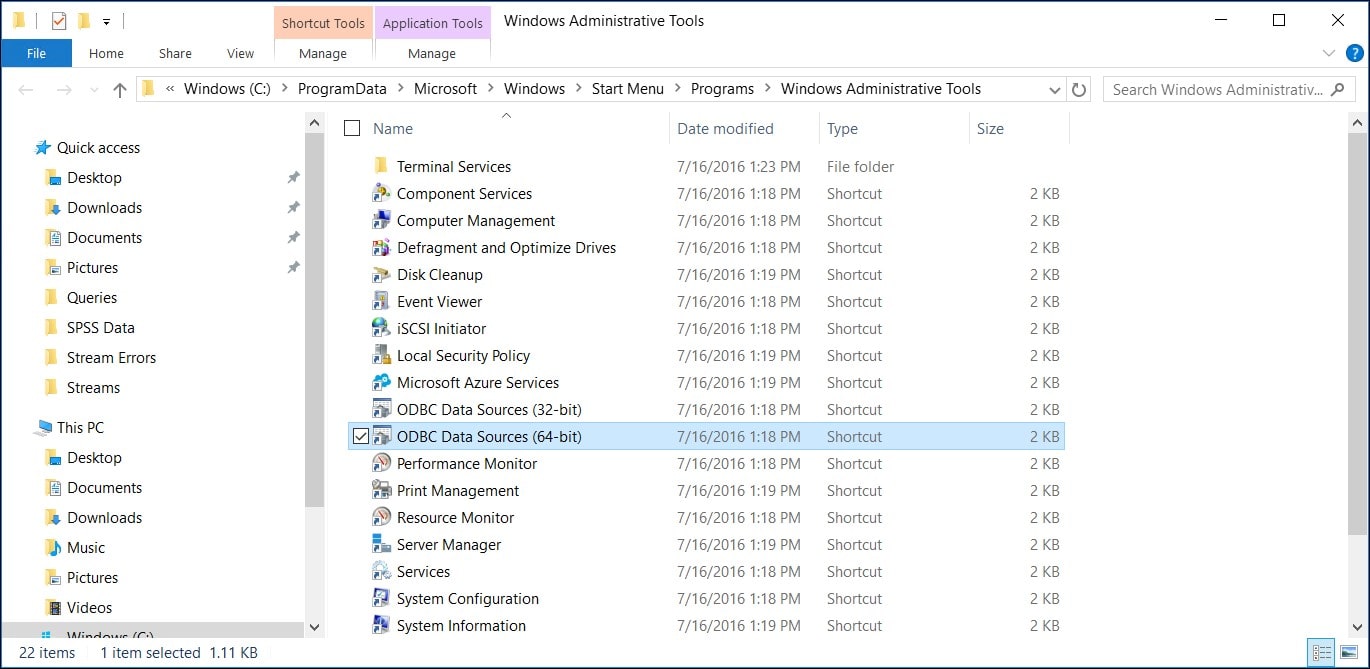
Creating a Microsoft SQL Server ODBC Data Source on Microsoft Windows
ODBC, or Open Database Connectivity, is a standardized way for outside programs to connect to database management systems. In this article, we will show you how to set up an ODBC data source connection to a Microsoft SQL Server instance on Windows. Opening the Program The first step is to find and open the ODBC…
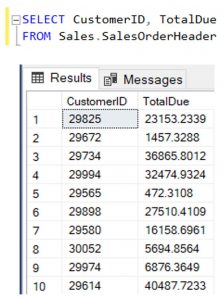
Basic SQL Functions – Part 1: SELECT and FROM Statements
The select and from clauses are two of the most used statements in Structured Query Language, or SQL for short. We primarily use SQL to create views on the fly. Understanding what a view is will help to better understand the purpose of these statements. A view is a subset of records and/or a subset…
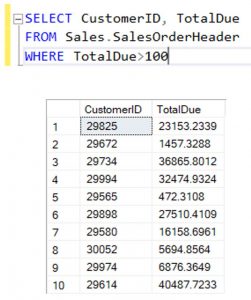
Basic SQL Functions – Part 2: WHERE Statement
Now that we have talked about how to specify what columns we would like to see in a view, we can talk about how to control the records or rows. The WHERE clause is a very useful one and it allows us to only view records that fit a certain criterion. The criteria often times…
- « Previous
- 1
- 2

Managing Timeouts in ControlWORQ
This article covers settings that can be changed to adjust different timeouts in your ControlWORQ installation. ControlWORQ has timeout settings which can be added or modified to adjust how long a connection remains open or how long an operation (like intercompany eliminations) runs before timing out. ControlWORQ timeouts work in tandem with Planning Analytics (PA)-based…

Supported Excel and TM1 worksheet functions by WebWORQ
Excel and TM1 worksheet expressions supported by WebWORQ include: Cell references, e.g. =B$22, =Sheet5!$K$6. Expressions built up of combinations of the following subset of predefined Excel functions and operators: Operators: +, -, *, &, =, <, >, >=, <=, <> Logical Functions: TRUE, FALSE, NOT, AND, OR, IF TM1 Functions: DBR, DBS, DBSS, DBRW, DBRA, DFRST, DIMNM,…
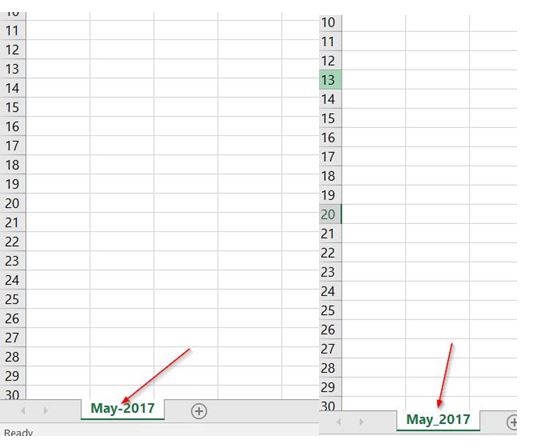
Expansions stop working after updating sheet names in WebWORQ
Expansions stop working after updating sheet names Issue: Updated sheet names to include -, expansions stopped working on the web Resolution: Change the – to _ and republish sheet Open WebWORQ Excel file where the expansion is not working Review Sheet names If sheet name contains a – , rename the sheet to contain _…
